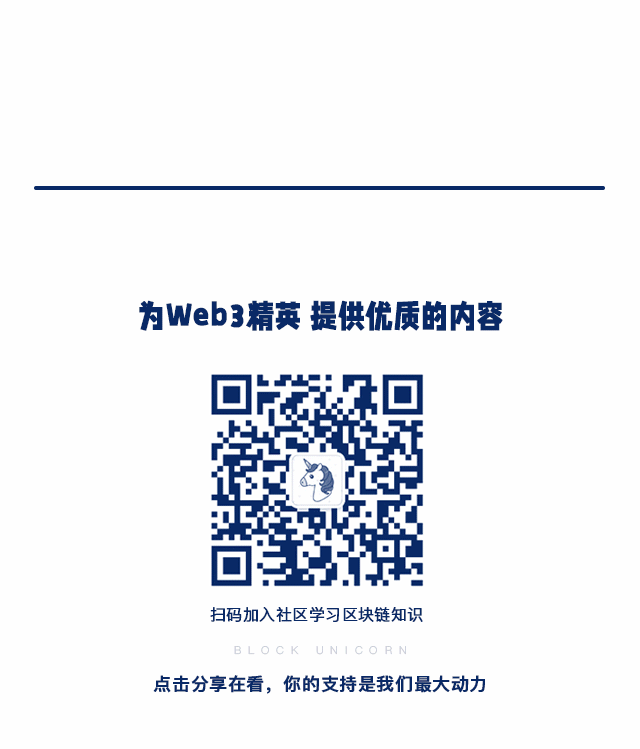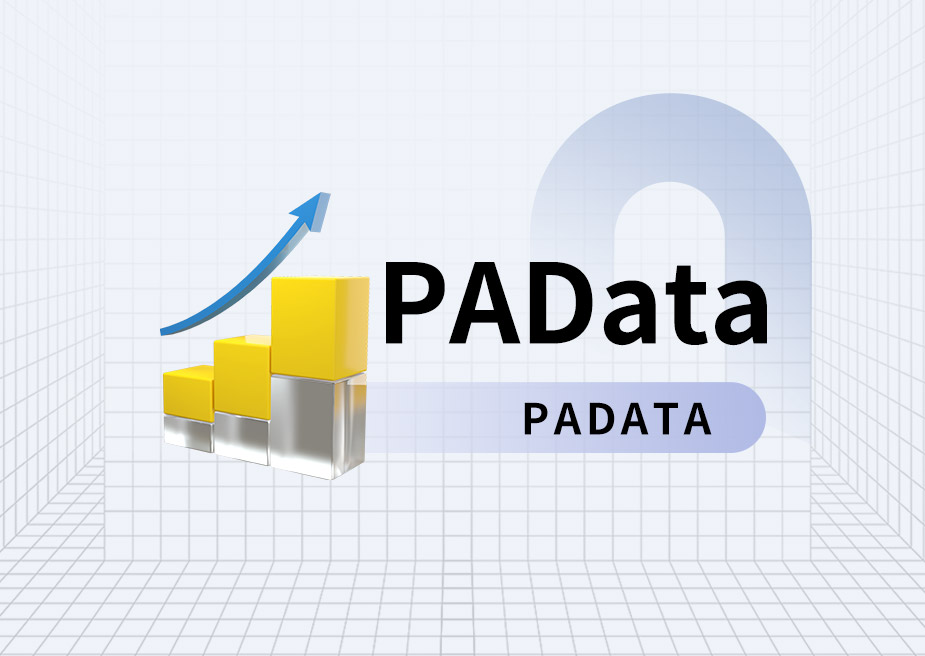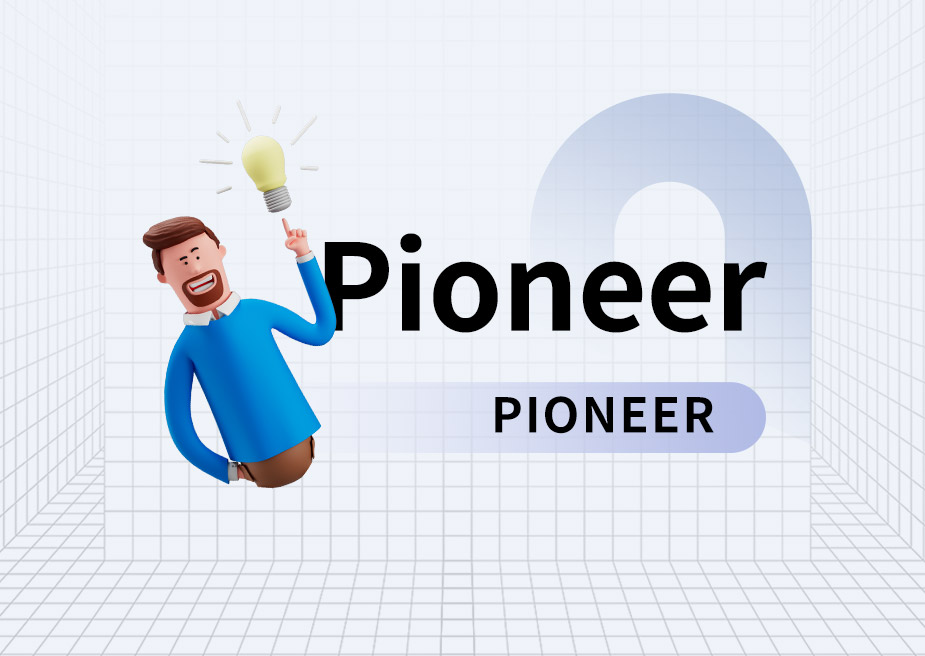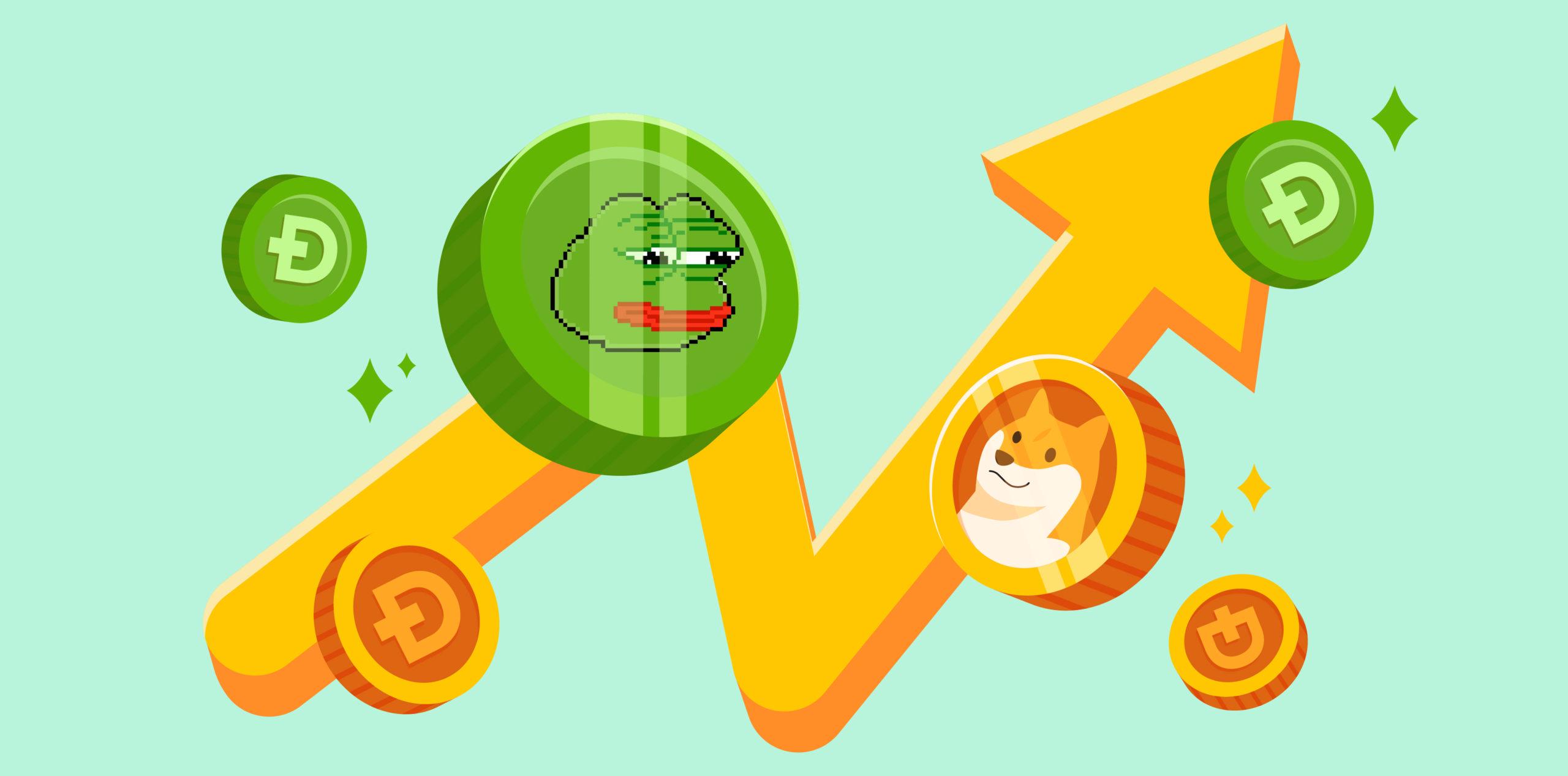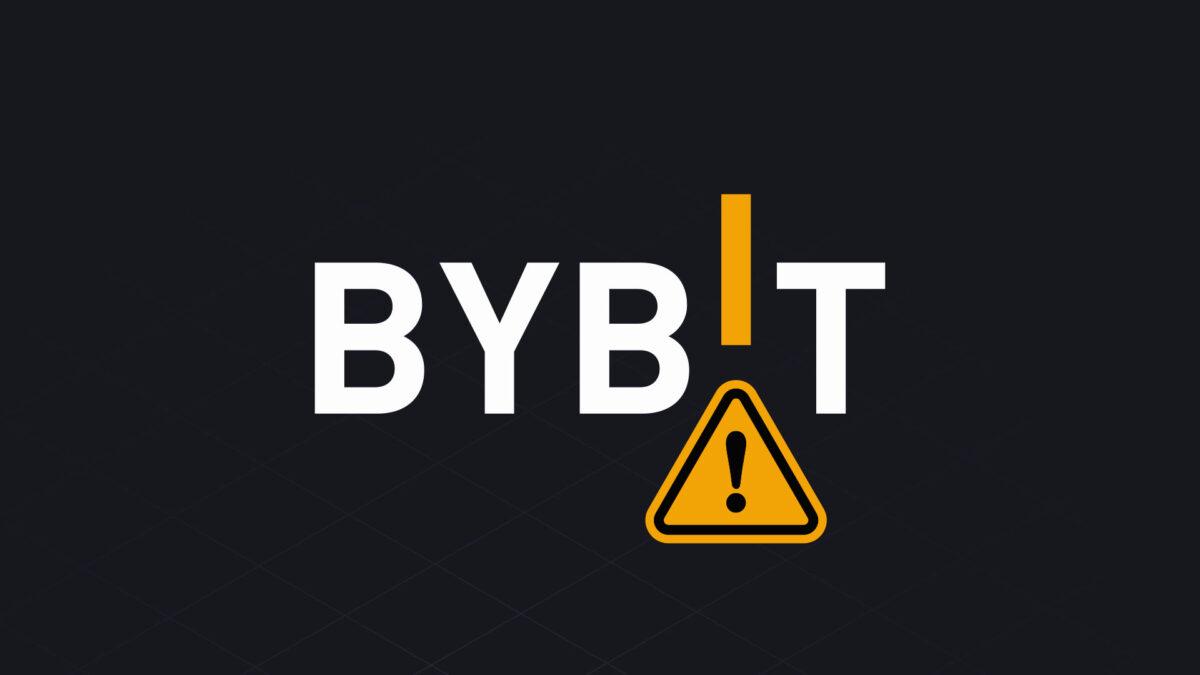文章作者:Charlie.hl
文章编译:Block unicorn
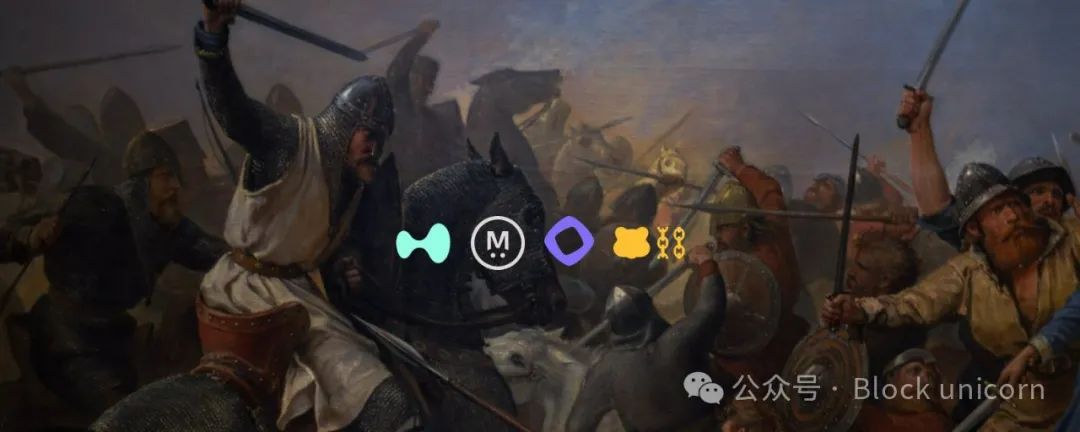
2025 年的战斗将是下一代区块链的选择之争,它们将选择优先考虑生态系统还是产品。哪种优先级将造就最成功的区块链(以市值、产生的费用和独立用户数量来衡量)?这个问题正在实时上演,未来的顶级一层链(L1)和二层链(L2)正在将其命运押注于相对立的战略上。一方面是以 Monad、MegaETH 和 Berachain 为代表的生态系统优先的链,另一方面则是以 Hyperliquid 为代表的产品优先链。在本文中,我将深入探讨这一区别以及这些对立的链哲学,它们将在 2025 年塑造区块链开发领域。
竞争者们:生态系统优先
Monad、MegaETH 和 Berachain 是生态系统优先理念的主要支持者,其目标是在专注于构建单个产品以前,现建立一个由相互依赖的应用程序和利益相关者组成的繁荣网络。这些链试图通过提供开发者空间、资助以及更多特定于链的开发者福利(如增长或合作伙伴支持)来吸引开发者从现有链及彼此之间转移。
在过去一年多的时间里,@intern 和 @internbrah 等 Monad 的商务拓展/增长团队为 Monad 带来了极大的关注,吸引了数十万 Discord 成员和 Twitter 粉丝,许多基于 Monad 的项目以高昂的估值筹集资金,因为它们宣称成为 Monad 上首个且占主导地位的承诺 [插入 DeFi 原语]。随着 Monad 的商务拓展努力争取从其竞争链中赢得顶级项目建设者,“在 Monad 上构建”这句话在加密 Twitter 时间线上回荡。Monad 甚至拥有 @monad_eco 页面,以更加明确地传递这一点:生态是首要任务。
MegaETH 的生态系统建设方法略有不同,但其优先级同样显而易见。该链的实验室团队在其生态系统中扮演了一个独特的干预角色。他们并没有试图说服现有的项目在其链上发布,而是主要集中在从其加速器 MegaMafia 中培育草根项目。这些应用程序是为 MegaETH 量身定制的,独属于其生态系统,但并不一定拥有现有 DeFi 项目的声誉和知名度。MegaETH 没有等待自然的发展,而是主动“塑造”了几个核心项目:永续合约 DEX、现货 DEX、借贷协议等。这种精心策划的方法旨在确保生态系统的连贯性和互联性,MegaETH 押注于这些早期投资将随着更多团队的加入而带来增长。对于 MegaETH 来说,MegaMafia 生态及其成功是至关重要的。
然后是 Berachain,它试图将生态系统创新与技术创新相结合。其独特的流动性证明(Proof of Liquidity, PoL)共识机制激励了 Berachain 原生应用程序(如 BEX(Bera 原生去中心化交易所)和 BEND(Bera 原生借贷协议))的流动性供应。通过将流动性激励嵌入到链的核心架构中,Berachain 希望创建与其基础设施相关的生态系统增长的良性循环。在这里,产品本身就是生态系统的增长,这一点也可以从诸如 Boyco 等早期计划中看出。对于 Berachain 团队来说,赢得生态系统的竞争是首要任务。
这些链中的每一个都将生态系统发展作为增长的基础,虽然他们的产品远非空谈,但显然在早期阶段,它们的重点是网络本身。
对立面:产品至上
与此形成鲜明对比的是 Hyperliquid,它彻底颠覆了生态系统至上的理念。Hyperliquid 没有召集开发人员在其 L1 上进行开发,而是专注于提供一款杀手级产品:加密货币历史上最成功的永续合约去中心化交易所(perps DEX)。只有在巩固了其在永续合约领域的地位后,Hyperliquid 才开始推出 L1,旨在增强其旗舰产品并提供针对交易者量身定制的一个网络。
Hyperliquid 的策略代表了 L1 启动战略的根本性转变。与其迎合应用开发者,它将重点放在终端用户身上——在本例中是交易者。其理念非常简单:如果你打造了一个用户喜爱的产品,开发者和应用程序自然会追随流动性和活跃度。这种策略避免了在没有经过验证的产品的情况下过度炒作生态系统的陷阱。
这种关注让许多人质疑 Hyperliquid 生态系统在哪里,因为实验室团队目前显然没有对开发者或应用程序发出公开呼吁。相反,Hyperliquid 的实验室实体仍然专注于产品方向,似乎采取了让应用程序追随流动性和用户而不是相反的方法。Hyperliquid 本质上是在快速复制 Uniswap 的路线图,即先创建最成功的 DEX,然后在几年后构建一个链(Unichain)和生态系统来支持。
哲学上的分歧
从本质上讲,生态系统与产品的争论反映了区块链开发中的哲学分歧。生态系统优先的方法依赖于开发者网络效应:通过培育一个蓬勃发展的开发者和项目社区,它旨在创建一个自我维持的增长循环。而产品优先的方法则颠覆了这一逻辑,押注于一个出色的产品会首先吸引用户和流动性,生态系统将随之自然发展。
市场最终将决定哪种策略占上风。如果像 Monad、MegaETH 和 Berachain 这样的生态系统优先项目能够将其社区势头转化为持久的采用,那么它们就可以定义 L1/L2 生态系统发展的方向。相反,如果 Hyperliquid 专注于提供最佳交易体验继续赢得用户,它可能会迫使行业重新思考如何定义成功的启动策略。通过将产品放在首位,Hyperliquid 本质上将社区放在首位,因为优秀的产品会带来广泛的使用,从而带来更有价值的社区所有权,这可能会创造出 2025 年最终的采用飞轮效应。本文主要是客观分析,但我敢打赌,当我们在 2025 年 12 月回顾这篇文章时,Hyperliquid 将在上述所有三个指标中占据主导地位,并且领先优势将非常明显。
随着 2025 年的到来,有一件事是肯定的:生态系统和产品之间的战斗将塑造未来一年的 L1/L2 开发的格局。
如果觉得文章好看,你可以将Block unicorn 标注星标和添加桌面。
本文提供的信息仅用于一般指导和信息目的,本文的内容在任何情况下均不应被视为投资,业务,法律或税务建议。对于根据本文做出的个人决定,我们不承担任何责任,我们强烈建议您在采取任何行动之前进行自己的研究。尽管已尽最大努力确保此处提供的所有信息都是准确的和最新的,但可能会发生遗漏或错误。
